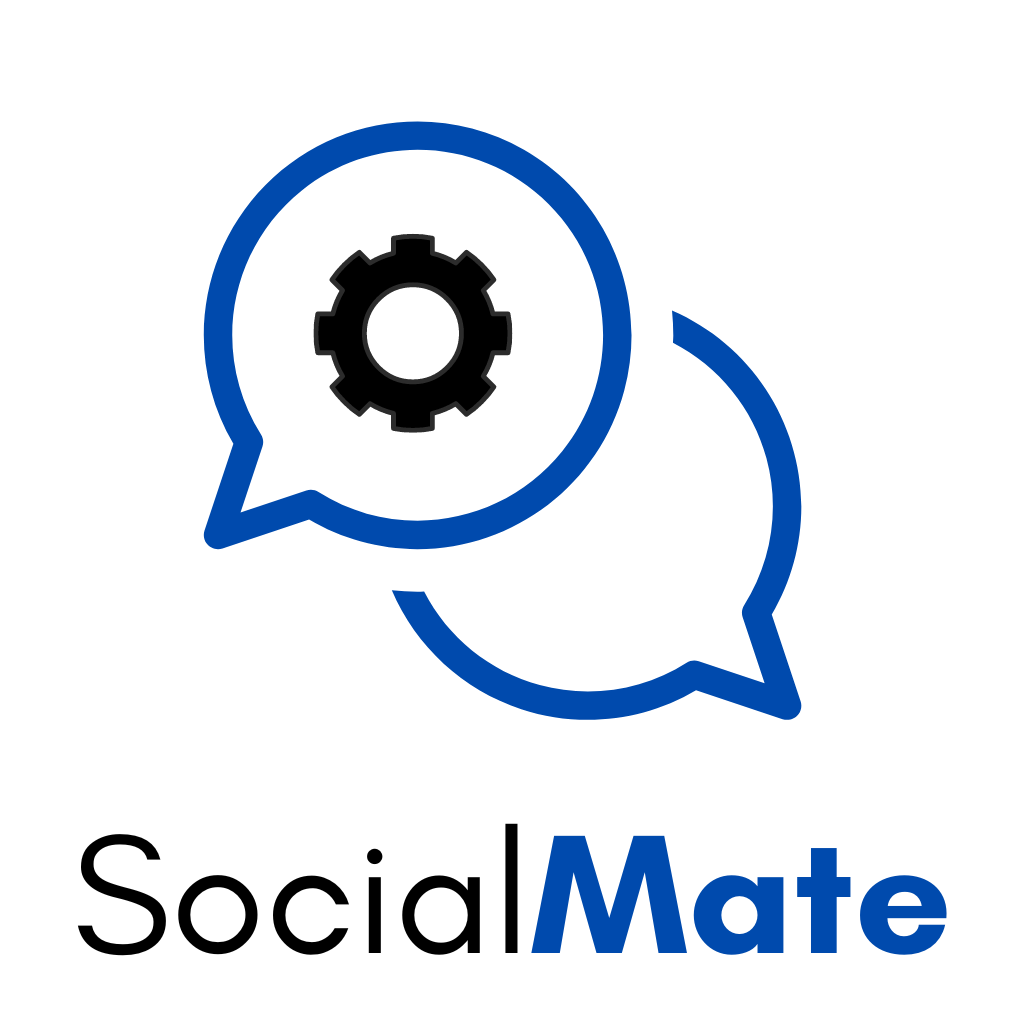You’re about to create a chatbot, which will be able to deliver a personalized experience to users. It will use machine learning and natural language processing to do so.
Your virtual assistant will allow you to save time and money while improving the experience of your users. But, it’s important to remember that these long-term benefits require a short-term commitment. Here are some tips to ensure that your chatbot is successful.
1. Make Sure The Company Is Behind You
Before you start a project, it’s important to analyze the value that a chatbot can add to your organization. This step will allow you to identify the target use case and the parameters that will be used to measure its effectiveness.
Before you start working on a project, make sure that you have the necessary skills to successfully implement a conversational AI system. Some of the individuals you may need include business analysts, designers, and integration specialists.
Before you start a project, make sure that you thoroughly understand the expectations of your stakeholders. Having the proper expectations will allow you to develop a chatbot that will be successful.
2. This Is A Chatbot, Not A Human
The intent of your chatbot needs to be carefully considered when it comes to building it. It should be noted that chatbots do not yet understand the language used by humans. To avoid having open-ended questions, it’s important that the users are asked to keep messages short. Also, try to guide them through what the bot is expecting by giving them an indication.
One of the most important things to do is make it clear that this chatbot is not a human. Users tend to interact with chatbots differently than they do with humans. Another important tip is to avoid over-emphasizing humor or empathy.
Complications caused by grammatical points, such as negation and un- prefixing, can also affect your chatbot. In addition, opposing terms like “cancel order” and “order delivery” can confuse it.
A chatbot is typically more complex compared to a written one, and it requires some thought and planning. For instance, users might lose patience if the bot reads several paragraphs at once. It’s also worth considering disambiguating data and choosing appropriate synonyms for words like “overdo” and “overdue.”
3. However, It Need To Have A Personality
Instead of treating your chatbot as a decision tree or a form, try to think of it as a conversation between humans. This is because, unlike other AI systems, it can think in terms of human interaction. This means that you should vary the responses to your users, such as asking for clarification or disclosing more information.
If a conversation gets too difficult to continue, it should be left to the users to decide whether or not they want to continue. This can be done by offering a reset option. Also, if the bot doesn’t support certain business functions, it should be handled in a way that makes it easy for the users to contact human support.
Before you start building your chatbot, it’s important that you first choose the right tone and voice for it. This will allow you to create a persona that fits well with your brand. For instance, if you’re a children’s mental health charity based in Canada, you might want to use a bot called Kip to interact with young individuals. On the other side, if you’re an institute of chartered accountants in England & Wales, you might want to use Mia to interact with professionals.
Small talk is also a good way to reinforce the personality of your chatbot. It can help you handle users’ frustrations and provide insight into their usage. However, keep in mind that this should only be a brief conversation.
4. Context Is Crucial
Instead of being stated explicitly, important concepts such as “when,” “who,” and “where” are often implied in conversations. This is why it’s important to explicitly manage the context of your chatbot conversations. For instance, if a chatbot is talking to a child in a charity, it might need to ask a different set of questions from other users.
There are many paths to a chatbot’s destination in conversational AI. For instance, some people might ask for a solution to their problem instead of asking for a guide on how to find their package. To train your chatbot on how to express their questions, you need to learn about the various ways your users might want to interact with it.
This means that you’ll likely have several training phrases that will be used for a single response or intent. One of the most important things to keep in mind is to avoid starting with “yes” or “no.” This is because users might not have asked a question.
Remember that every word has emotional weight, and your chatbot may sound different to users. For instance, the phrase “You neglected to supply” may elicit a negative response from users, while the word “If you could tell” would be more positive.
5. Be Ready To Pick Things Up As You Go
There are no guarantees when it comes to building a chatbot, as it takes a lot of training to get it to perform well.
One of the most important factors that you should consider when it comes to building a chatbot is ensuring that it has the necessary knowledge to perform well. This can be done by continuously testing and improving the chatbot.
Despite its limitations, conversational AI can be incredibly useful if trained correctly. This tool can help solve various problems that people have.
You Can Start Building Your Chat Bot Today
With our SocialMate platform, you can start building your first Boot Screen simply and easily, without any special skills or software knowledge. You can start by looking at Docs from here that will take you step-by-step until you succeed at the Boot Chat work that’s right for you!


